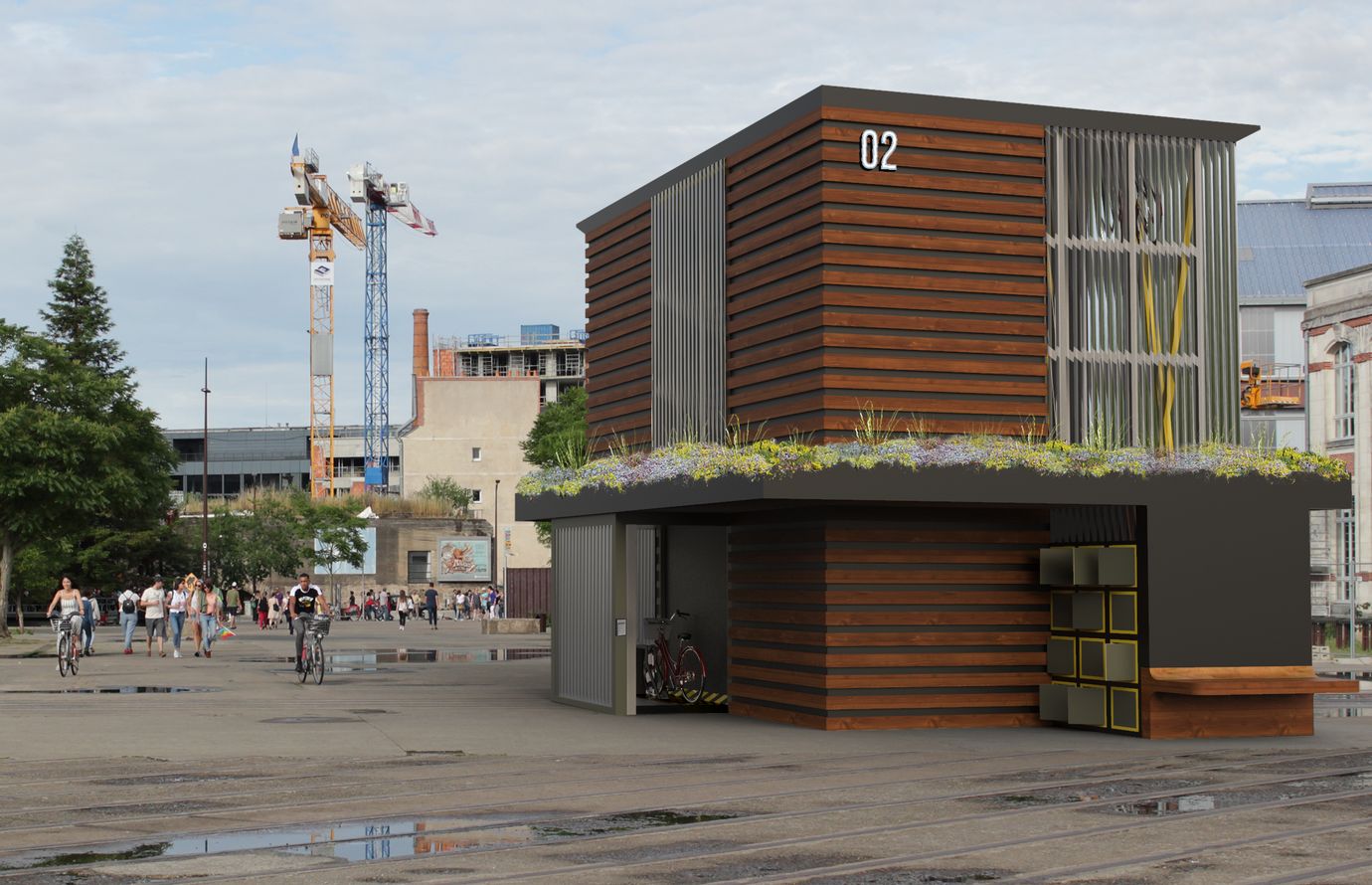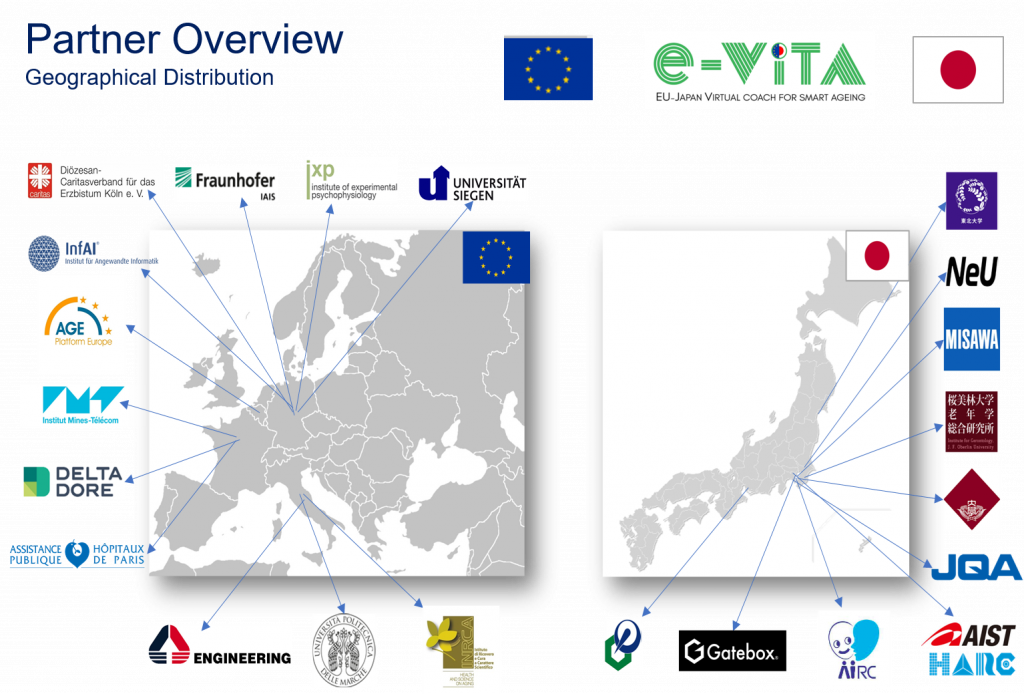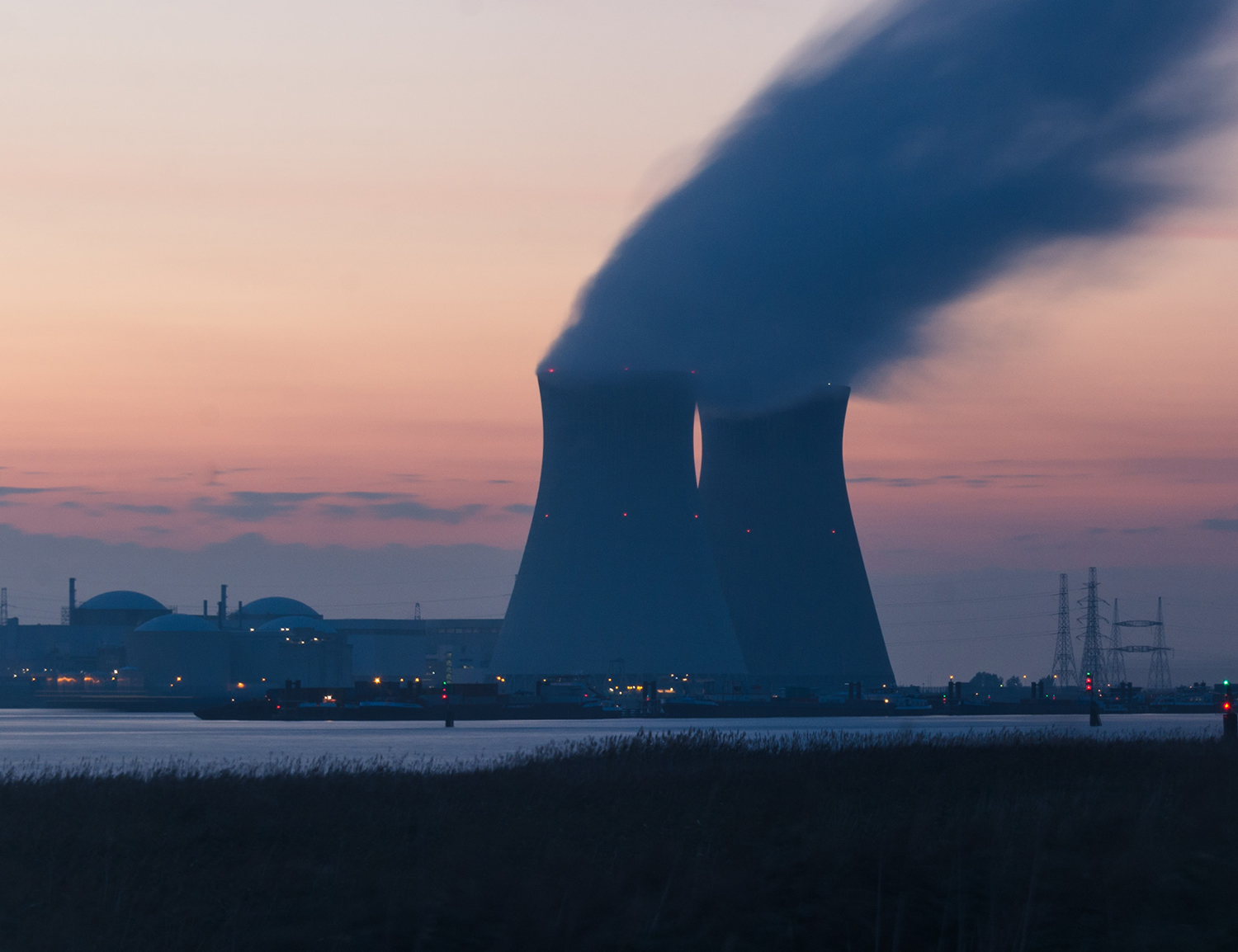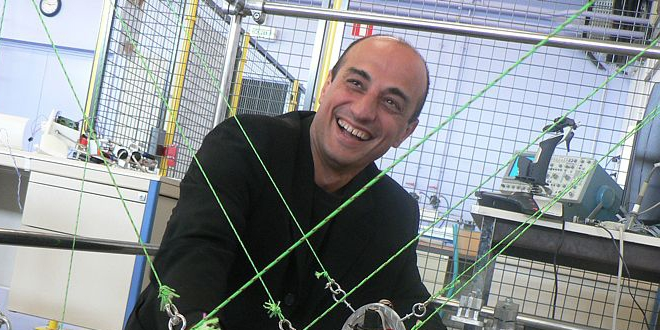The virtualization of optical networks to support… 5G
Mobile networks are not entirely wireless. They also rely on a network of optical fibers, which connect antennas to the core network, among other things. With the arrival of 5G, optical networks must be able to keep up with the ramping up of the rest of the mobile network to ensure the promised quality of service. Two IMT Atlantique researchers are working on this issue, by making optical networks smarter and more flexible.
In discussions of issues surrounding 5G, it is common to hear about the installation of a large number of antennas or the need for compatible devices. But we often overlook a crucial aspect of mobile networks: the fiber optic infrastructure on which they rely. Like previous generations, 5G relies on a wired connection in most cases. This technology is also used in the “last mile”. It therefore makes it possible to connect antennas to core network equipment, which is linked to most of the connected machines around the world. It can also connect various devices within the same antenna site.
In reality, 5G is even more dependent on this infrastructure than previous generations since the next-generation technology comes with new requirements related to new uses, such as the Internet of Things (IoT). For example, an application such as an autonomous car requires high availability, perfect reliability, very-low latency etc. All of these constraints weigh on the overall architecture, which includes fiber optics. If they cannot adapt to new demands within the last mile, the promises of 5G will be jeopardized. And new services (industry 4.0, connected cities, telesurgery etc.) will simply not be able to be provided in a reliable, secure way.
Facilitating network management through better interoperability
Today, optical networks are usually over-provizioned in relation to current average throughput needs. They are designed to be able to absorb 4G peak loads and are neither optimized, nor able to adapt intelligently to fluctuating demand. The new reality created by 5G, therefore represents both a threat for infrastructure in terms of its ability to respond to new challenges, and an opportunity to rethink its management.
Isabel Amigo and Luiz Anet Neto, telecommunications researchers at IMT Atlantique, are working with a team of researchers and PhD students to conduct research in this area. Their goal is to make optical networks smarter, more flexible and more independent from the proprietary systems imposed by vendors. A growing number of operators are moving in this direction. “At Orange, it used to be common to meet specialists in configuration syntaxes and equipment management for just one or two vendors,” explains Luiz Anet Neto, who worked for the French group for five years. “Now, teams are starting to set up a “translation layer” that turns the various configurations, which are specific to each vendor, into a common language that is more straightforward and abstract.”
This “translation layer”, on which he is working with other researchers, is called SDN, which stands for Software-Defined Networking. This model is already used in the wireless part of the network and involves offloading certain functions of network equipment. Traditionally, this equipment fulfills many missions: data processing (receiving and sending packets back to their destination), as well as a number of control tasks (routing protocols, transmission interfaces etc.) With SDN, equipment is relieved from these control tasks, which are centralized within an “orchestrator” entity that can control several devices at once.
Read more on I’MTech: What is SDN?
There are many benefits to this approach. It provides an overview of the network, making it easier to manage, while making it possible to control all of the equipment, regardless of its vendor without having to know any proprietary language. “To understand the benefit of SDN, we can use an analogy between a personal computer and the SDN paradigm,” says Isabel Amigo. “Today, it would be unthinkable to have a computer that would only run applications that use a specific language. So, machines have an additional layer – the operating system – that is in charge of “translating” the various languages, as well as managing resources, memory, disks etc. SDN therefore aims to act like an operating system, but for the network.” Similarly, the goal is to be able to install applications that are able to work on any equipment, regardless of the hardware vendor. These applications could, for example, distribute the load based on demand.
Breaking our dependence on hardware vendors
SDN often goes hand in hand with another concept, inspired by virtualization in data centers: NFV (Network Functions Virtualization). Its principle: being able to execute any network functionality (not just control functions) on generic servers via software applications.”Usually, dedicated equipment is required for these functions,” says the IMT researcher. “For example, if you want to have a firewall, you need to buy a specific device from a vendor. With NFV, this is no longer necessary: you can implement the function on any server via an application.”
Read more on I’MTech: What is NFV?
As with SDN, the arrival of virtualization in optical networks promotes better interoperability. This makes it harder for vendors to require the use of their proprietary systems linked to their equipment. The market is also changing, by making more room for software developers. “But there is still a long way to go,” says Luiz Anet Neto. “Software providers can also try to make their customers dependent on their products, through closed systems. So operators have to remain vigilant and offer an increasing level of interoperability.”
Operators are working with the academic world precisely for this purpose. They would fully benefit from standardization, which would simplify the management of their optical networks. Laboratory tests carried out by IMT Atlantique in partnership with Orange provide them with technical information and areas to explore ahead of discussions with vendors and standardization bodies.
Sights are already set on 6G
For the research teams, there are many areas for development. First of all, the scientists are seeking to further demonstrate the value of their research, through testing focusing on a specific 5G service (up to now, the experiments have not applied to a specific application). Their aim is to establish recommendations for optical link dimensioning to connect mobile network equipment.
The goal is then to move towards smart optimization of optical networks. To provide an example of how findings by IMT Atlantique researchers may be applied, it is currently possible to add a “probe” that can determine if a path is overloaded and shift certain services to another link if necessary. The idea would then be to develop more in-depth mathematical modeling of the phenomena encountered, in order to automate incident resolution using artificial intelligence algorithms.
And it is already time for researchers to look toward the future of technology. “Mobile networks are upgraded at a dizzying pace; new generations come out every ten years,” says Luiz Anet Neto. “So we already have to be thinking about how to meet future requirements for 6G!“
Bastien Contreras








